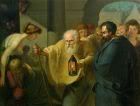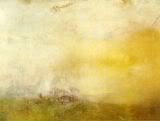Forensic Photography - Matching Images and Cameras
| Like matching bullets to the gun that fired them, a new technology can identify the specific camera that took a particular digital image. A report in Science Daily explains that researchers at Binghamton University have discovered a weak pattern of pixel-to-pixel nonuniformity that is introduced during the manufacturing process and is specific to individual cameras. They have developed a process to analyze this pattern in images and match them to reference patterns taken from individual cameras. They expect this technology to be useful in forgery detection and for tracking down child pornographers. Photography Forensics Digital Images |










0 Comments on "Forensic Photography - Matching Images and Cameras"